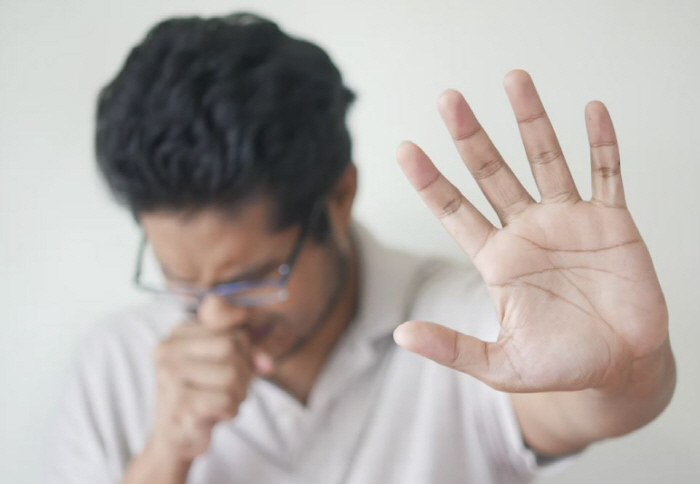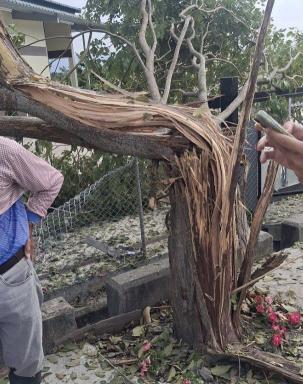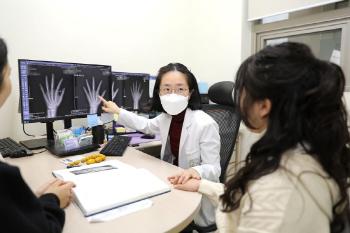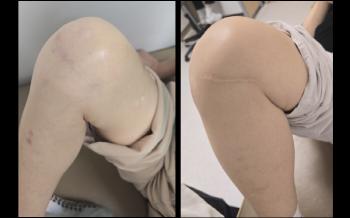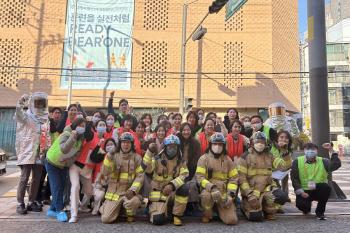Recurrence rate up to 50% pneumothorax, which occupation group should I look out for?
|
According to the Korea Broadcasting Comedian Association, Jeon Yu-sung closed his eyes at around 9:05 p.m. that night due to worsening pulmonary pneumothorax symptoms.
Pulmonary pneumothorax is a disease in which the lungs contract or fail to function properly due to abnormal air or gas accumulation between the lungs and the pleura. Just as a balloon is punctured or deflated, it causes major breathing problems as the lungs shrink.
Typical symptoms may include ▲sudden chest pain ▲difficulty breathing ▲dry cough ▲blueness ▲ tachycardia.
Depending on the cause, pneumothorax is largely divided into 'voluntary pneumothorax' and 'traumatic pneumothorax'.
Spontaneous pneumothorax is again divided into primary pneumothorax and secondary pneumothorax, which occurs in healthy people and is caused by small air sacs in the uppermost pleura of the lungs. Secondary pneumothorax appears mainly in older age groups compared to primary pneumothorax and occurs in people who had preexisting lung disease.
Although the cause of primary pneumothorax is not clear, it occurs mainly in late teens and 20s, especially in tall, skinny, young males. Due to rapid growth, it is estimated that the rate of lung tissue development outpaces pulmonary vascular development, resulting in a relatively insufficient supply of blood at the end of the lung.
Care should also be taken in occupational groups that are frequently exposed to pressure changes, such as pilots, flight attendants, and professional divers.
The reason pneumothorax is a scary disease is that recurrence is frequent.
In general, 30-50% of primary pneumothorax patients relapse within a year, and more than 70% of patients who recur are likely to experience it again within a year.
There is no special prevention method for pneumothorax because regular check-ups are not particularly helpful. When symptoms occur, it is important to visit a hospital early and seek medical attention from a specialist.
Treatment is to remove the air that has accumulated in the chest cavity and to open the pressed lungs.
Usually, if the size of the pneumothorax is small, it improves only with oxygen treatment without additional procedures, but if the size is large, a tube is placed in the chest cavity (thoracic tube insertion) to remove air.
In general, pneumothorax surgery usually creates three small holes between the sides after general anesthesia, and thoracoscopy and surgical instruments are added to remove the sac in the lungs. It usually requires less than an hour of surgery and 2-7 days of inpatient treatment.
Recently, minimally invasive surgery using small holes has also been widely used.
Park Joon-seok, director of cardiovascular and thoracic surgery at Seonam Hospital in Seoul, said "The first priority in preventing chest and lung diseases, including pneumothorax, is smoking cessation. Living in a place with good air or eating good food has no significant effect on prevention. "Regular aerobic exercise can help prevent the occurrence or recurrence of pneumothorax. Chest disease is difficult to discriminate because it shows a common symptom of chest pain as a priority, so it is important to see a doctor if continuous and repetitive chest pain or severe chest pain occurs.'
|
This article was translated by Naver AI translator.
